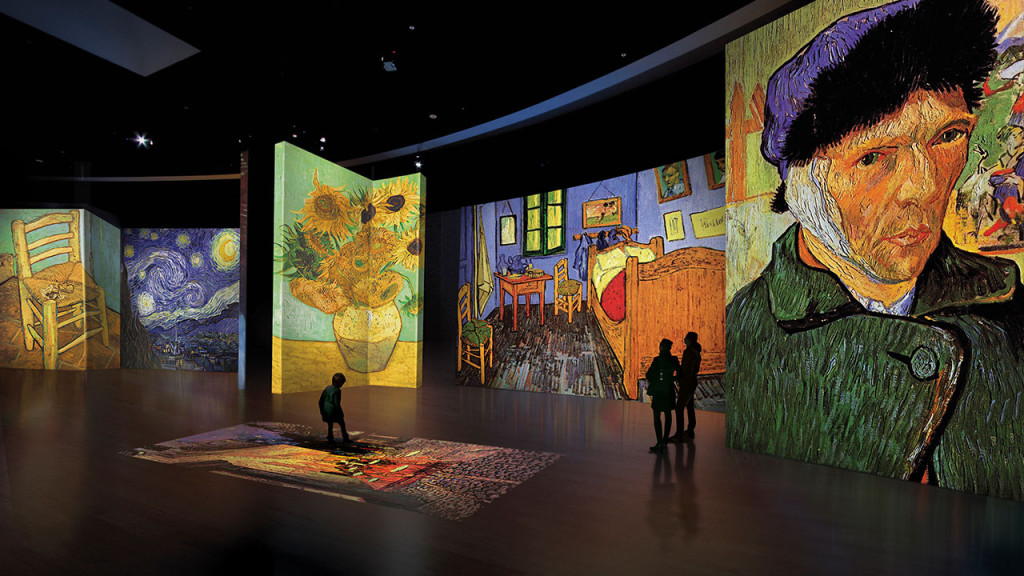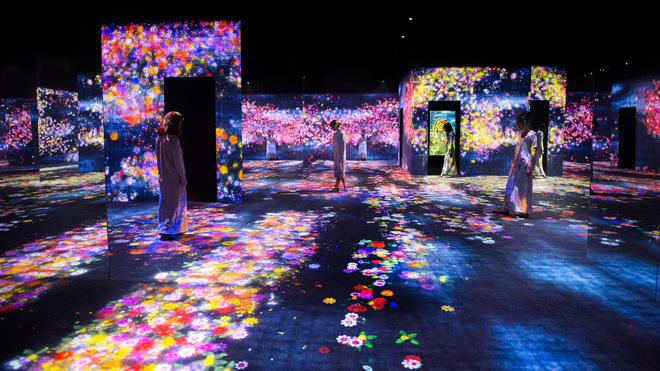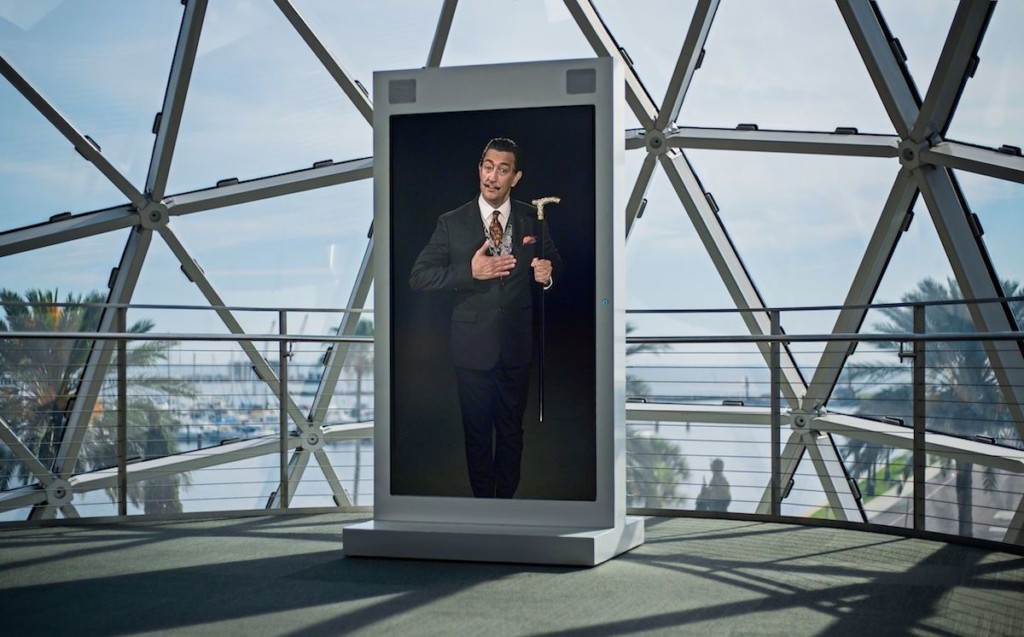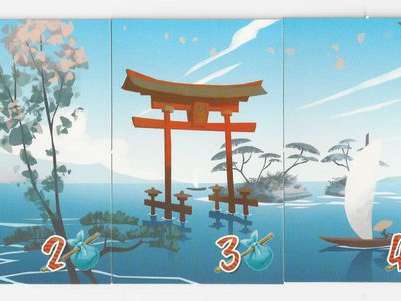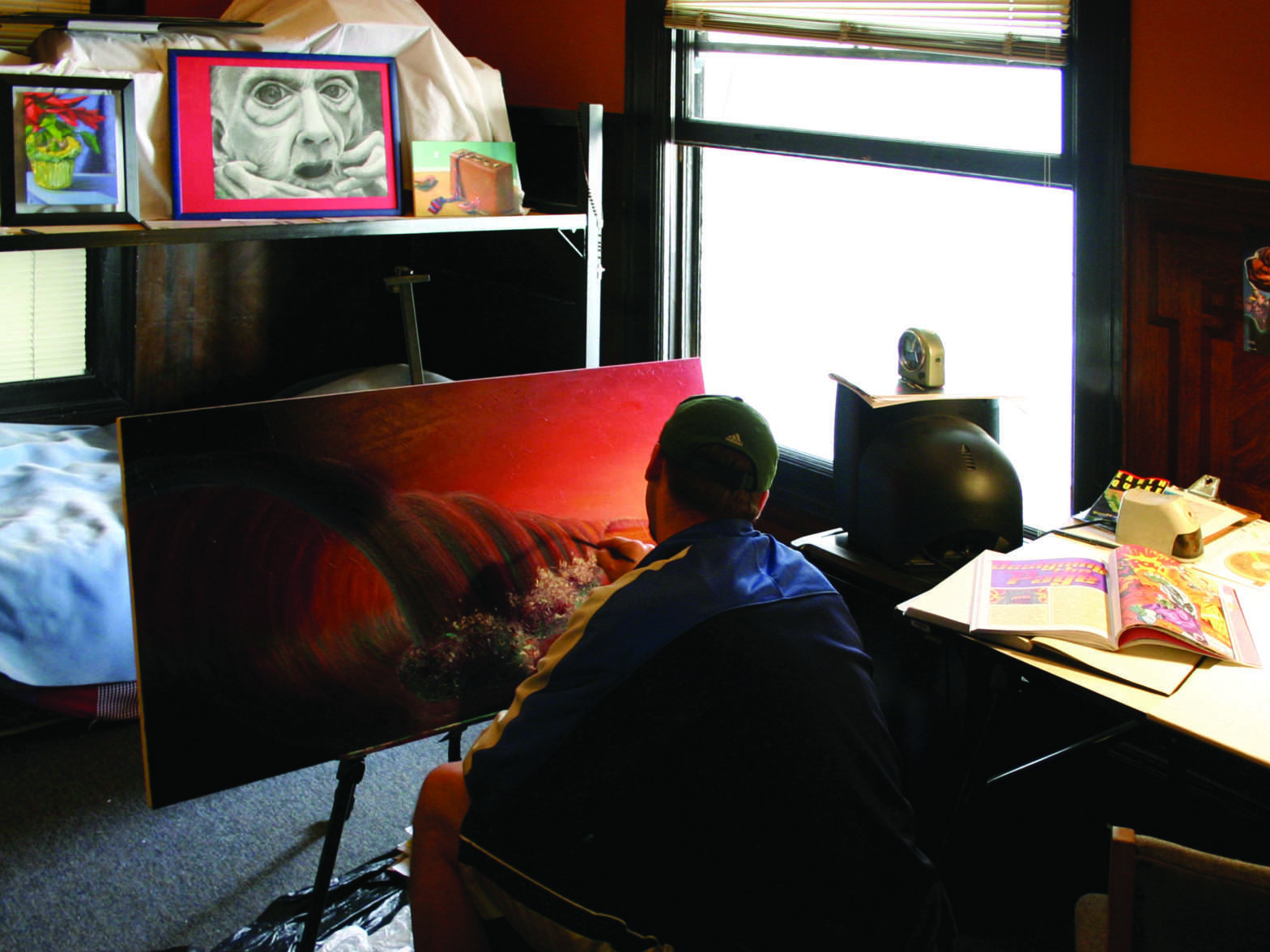Fine Arts Exhibition Trend: The Augmented/Virtual Reality Experience
The field of fine arts, often associated with classic and historical works, is being carried into the future with technology. Is the AR/VR Experience here to stay?
Virtual reality art experiences are a growing trend in the art world. This type of technology offers viewers a chance to immerse themselves in works of art, which provides a few important benefits.
Here’s a closer look at what virtual reality is doing for fine art exhibits.
How AR/VR for Art Works
In recent years, more and more exhibits have been making the most out of virtual and augmented reality technologies. The use of VR headsets are becoming more staple in these exhibits, but more than just quite a few are trying take it further, making the experience as multi-faceted as possible.
From teamLab’s trippy and immersive 3D world in Tokyo to the Augmented Reality experience in the Dali Museum, and the multi-sensory exhibit that introduces Vincent Van Gogh, enjoying art has definitely come a long way from simply looking at it.
In fact, Academy of Art University has been bitten by the VR Exhibit bug, too. Just recently, Academy students from various academic departments collaborated to create a virtual reality experience for the Norman Rockwell Museum touring exhibit.
This school project even made it all the way to the Capitol, with the students themselves showcasing it to members of Congress.
Is Virtual or Augmented Reality Sustainable?
The use of virtual or augmented reality in the fine art field is on the rise, but will it stay that way? As long as the technology for it stays updated, VR is expected to continue being used for art.
In an interview with The Irish Times, Cappasity for Art Initiative founder Kosta Popov stated that this type of technology provides “a platform that allows an owner/organizer of an exhibition to create a digital copy and embed it into websites, mobile applications, and AR/VR.” Making sure that it can be used easily and conveniently helps it remain sustainable.
Other challenges include ensuring that it continues to appeal to younger audiences who are mainly used to video games. However, it still must be taken into consideration that there are also older audiences who might have trouble using VR equipment. Exhibitors would want to be inclusive with their market reach, instead of alienating a segment by adopting technology that is not intuitive enough for public use.
Impacts of AR/VR in the Fine Arts Field
What kinds of impacts has virtual reality had on the fine arts field? Apart from further elevating the interest of those who already do have an appreciation for art, using new technology such as this has so far provided a way for industry professionals, such as museum curators and art gallery owners, to reach a wider audience.
Virtual reality Gprovides opportunities for those who are new to works of art by certain artists to enjoy an exciting introduction.
In an interview with 7×7 about a virtual reality Magritte exhibit, SF MOMA associate curator Caitlin Haskell stated that she hopes “that those who don’t yet know Magritte will visit and encounter a painter who inspires them to question their surroundings.”
Audience Appreciation Enhanced
How does the use of virtual reality affect audiences? For them, it allows them to view works of art or tour galleries or museums even from other locations. This provides more people with opportunities to see artwork if they’re unable to visit an exhibit in person.
Virtual reality technology for fine arts can also give a wider range of individuals a chance to build an appreciation for art. Being able to have an immersive experience can bring these works of art to life in a sense. This results in a more memorable experience, allowing audiences to connect with certain works of art or even encourage them to visit more exhibits and further immerse themselves in the world of art.
Safe to say, we’re most likely going to see more of these types of exhibits in the coming years. Exciting times are definitely ahead for exhibition in the field of arts. Whether the use of AR/VR technology will be turn out to be the real deal or just a passing fad, we shall soon find out.
If you’re looking into fine arts careers, apply now at Academy of Art University . Our admissions representatives can also provide more information to help you with the process.
Hero image courtesy of Grand Exhibitions


